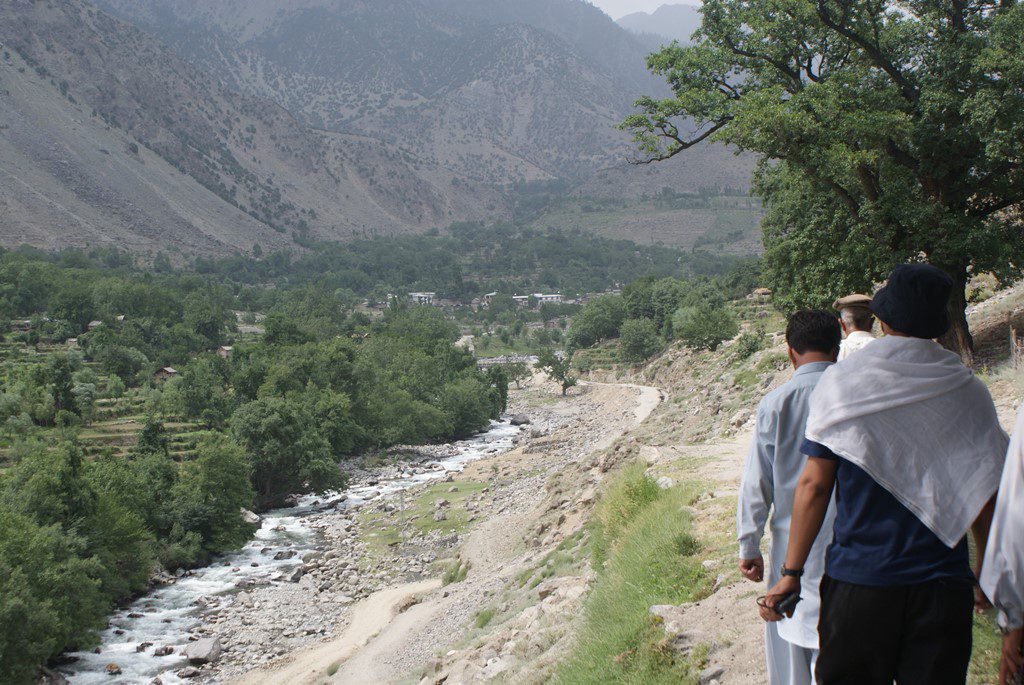Risk Profiling for the Sea Level Rise in the South-west Coast of Sri Lanka
Descriptions
The objectives of the project were 1) development of three hazard scenarios (2025, 2050 and year 2100) due to Sea Level Rise, 2) risk profiling based on built environment, economic, social and physical factors, and 3) creation of coastal Geo-Database (CGD) for Galle, Sri Lanka.
Three scenarios for the years 2025, 2050 and 2100 were developed considering the wave dynamics, tidal waves and sea-level rise due to climate change as projected in the IPCC report (2007) and results show that the corresponding scenarios were of 1.1369, 1.3144 and 1.7294 m in sea-level rise, respectively, in Sri Lanka. The purpose of risk profiling is to depict risks spatially and temporally and guide the concerned authorities to formulate coastal zone management policies and prepare mitigation, adaptation and preparedness plans for coastal vulnerability and risk reduction. The risk profiling was carried out at the Divisional Secretariat Divisions (3rd level of administrative boundary) in the Galle District and results show that Hikkaduwa and Bentota are most vulnerable divisions to sea level rise in future. ALOS/PRISM images were used to update the major and minor roads in the study area, including the expressways. An accurate digital surface model (DSM) is very important to understand the effect of sea-level rise and therefore, LiDAR was used in the study. However, due to the limited inland coverage of the LiDAR data, digital terrain model (DTM) generated from contour lines and spot heights was used for the inland areas which was less accurate than LiDAR data. Existing and updated road layers (from ALOS/PRISM data) were compiled to create Coastal Geo Database in ArcGIS environment, and it was used for identifying elements at risk.

